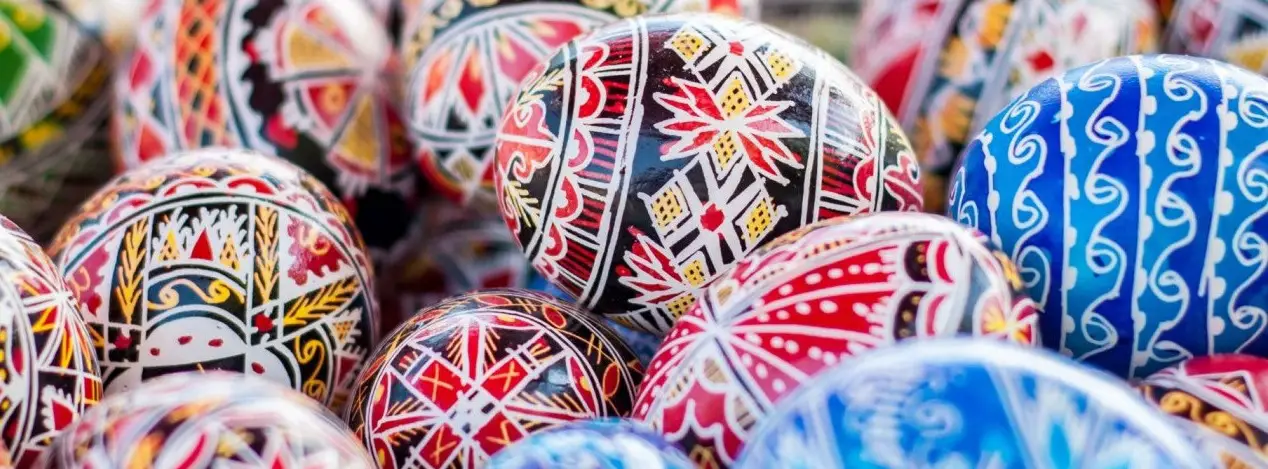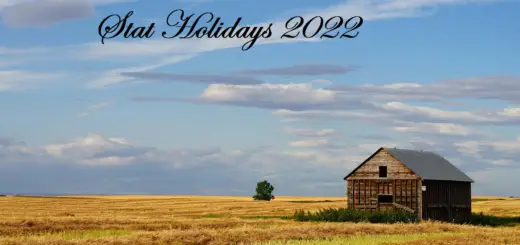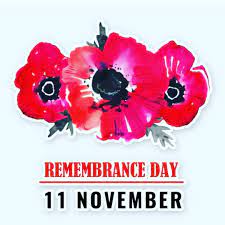Easter Monday

Easter Monday, or "Le Lundi de Pâques" which translates to "Easter Monday" in English, is a Christian holiday celebrated across many English-speaking countries. In Canada, this day is considered a statutory holiday, allowing for a four-day long weekend. Notably, this holiday is enjoyed by federal employees and some private sector staff members. Easter Monday is known by various other names such as Bright Monday, Renewal Monday, Wet Monday, Dyngus Day, and Little Easter. Each name holds its unique significance. For example, the Catholic church refers to it as the "Monday of the Angel". Observance of this day varies across different English-speaking countries, providing a vast assortment of celebration styles.
Easter Monday follows Easter Sunday, a day that marks the resurrection of Jesus Christ. As mentioned in the Holy Bible, Jesus was crucified on Good Friday and was resurrected on Easter Sunday. It's believed that for 40 days after his resurrection, Jesus interacted with believers, offered healing to those in need and shared God's word. These events culminated with his ascension into heaven. However, the Holy Bible remains silent on the significance of Easter Monday and any specific instructions to observe it. It is vital to note that Easter Sunday and Good Friday are pivotal Christian observances that lead up to Easter Monday.
Easter is famously remembered for Easter Eggs. The tradition of Easter eggs dates back to the Middle Ages. Eggs were not consumed during Lent, a 40-day fasting period in Christianity, but people were permitted to eat the eggs during or immediately after Easter. Known as a potent symbol of fertility and rebirth, Easter eggs also carry a deep Christian significance. They stand as symbols for the empty tomb of Jesus and His resurrection.
Among the many customs during Easter week, Easter egg hunts and polka festivals are hugely popular. Easter Eggs, traditionally made of chocolate or candy, or decorated hen’s eggs, are commonly given as gifts among family and friends globally during the Easter season. One notable tradition is the display of the world's largest Easter egg, known as a Pysanka. Situated in Vegreville, Alberta, the Pysanka, a representation of a Ukrainian Easter egg, boasts a striking size of eight meters in diameter and is embellished with gold, silver, and bronze motifs. The Pysanka stands not only as a unique attraction but also as a testament to the widespread cultural significance of the Easter egg tradition. While Easter Eggs form an essential cultural and religious component of the holiday, festivities such as the polka festival also contribute to the Easter Week celebrations.




 Subscribe to our channel
Subscribe to our channel